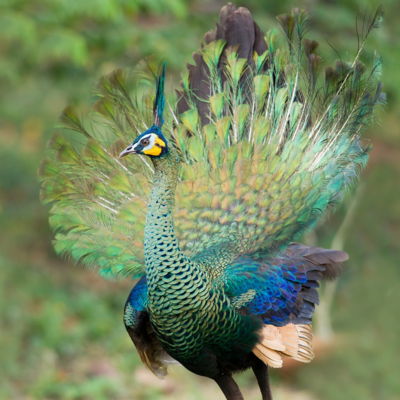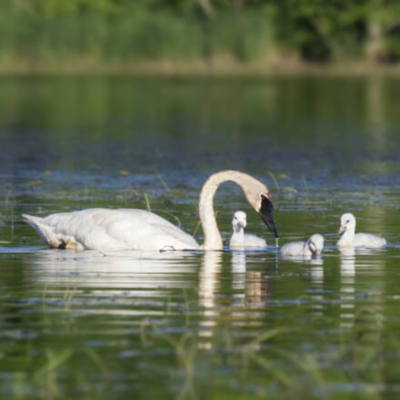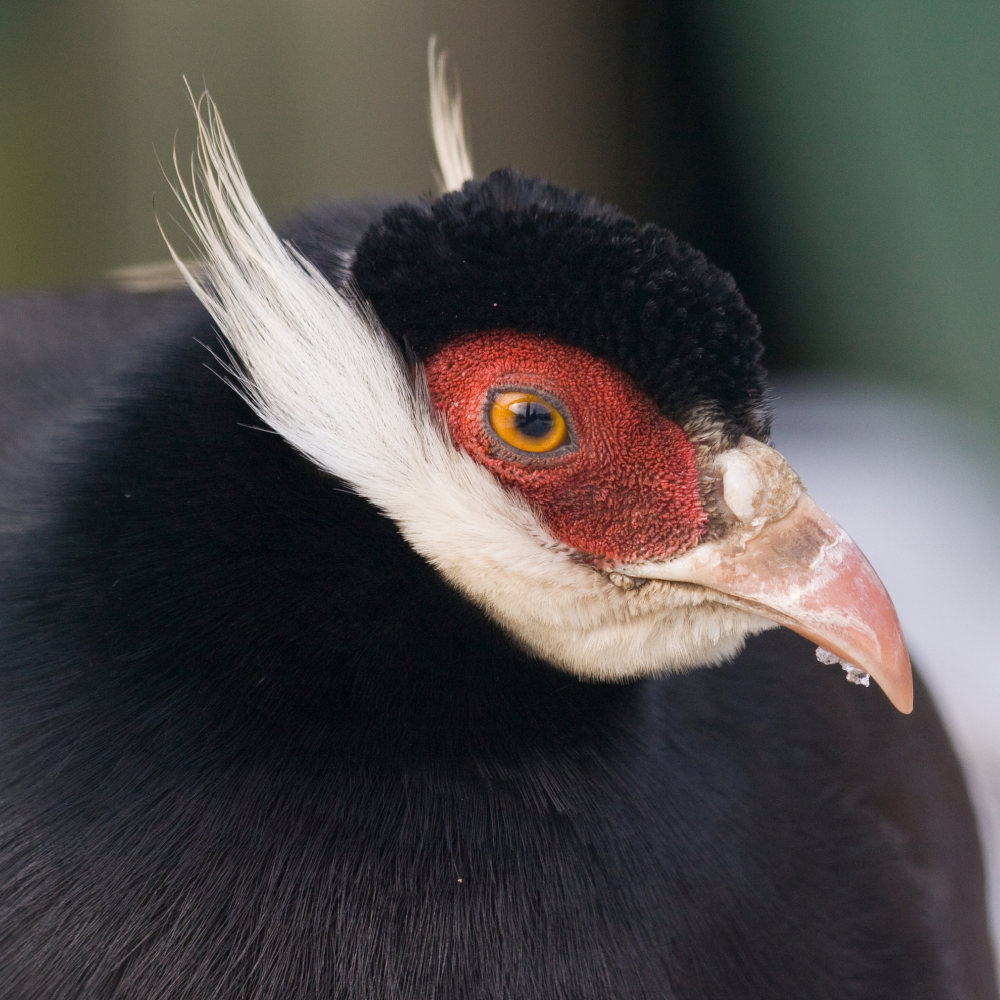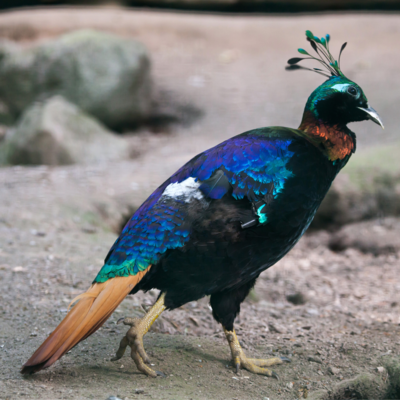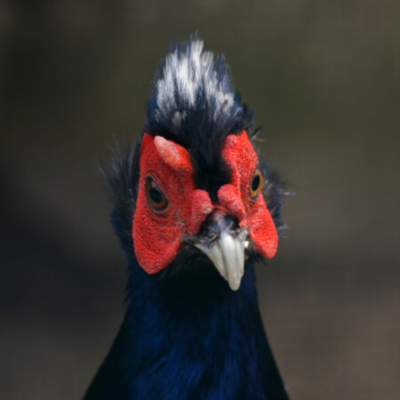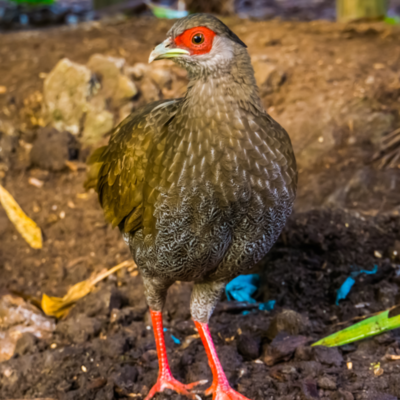Brown Eared Pheasant Juvenile Pair
Brown Eared Pheasant Juvenile Pair
IMPORTANT ORDERING INFORMATION: Pheasants are shipped on Wednesdays, USPS Priority Mail Express, and will typically arrive in 1-2 days at your local post office. Exotics are not available for pickup.
Brown Eared Pheasants have their origins in mountainous forest regions of northern China. With the wild population of this bird being legally protected by China, it is listed on IUCN Red List of Threatened Species as vulnerable, making this one of the rarer breeds of pheasant.
Brown Eared Pheasants are a great bird for beginners due to their tame disposition and curious and friendly nature. Extremely easy to care for, they will learn to eat out of their caretakers’ hands and follow them around. Some birds will even learn tricks and be willing to show them off in front of an audience! However, during the breeding season, the males can become aggressive towards people, and some males have aggressive tendencies all year long. They love to regularly dust and sun themselves and frequently put their beaks to use digging out plants and logs.
Brown Eared Pheasants are hardy and enjoy being out in the rain, snow, wind, and sun, so the aviary should be large, well shaded, and well drained. It’s a good idea to place several large logs around for roosting and digging as well as plenty of larger plants such as nontoxic hedges and spreading plants.
Brown Eared Pheasants are larger birds with males reaching an average total body length of up to 39 inches and the females only slightly smaller. Both males and females look strikingly similar to each other, making the best way to tell the sexes apart being the size difference and by the spurs on the legs. By looking at the base of the spurs you’ll notice the males have a more rounded appearance and the females will have a more oval shape to them. The bare crimson-red facial skin and legs and the long white feather tufts over the ears that form a mustache look on the face are the most distinguishing marks of this breed.
Brown Eared Pheasants consume a diet primarily of insects, worms, seeds, grains, leaves, greens, and shoots. They also enjoy fruits and vegetables. This diet should be supplemented with a standard game bird feed, greens, and berries.
Brown Eared Pheasants have a breeding season that begins in Mid-March and continues through June, with birds pairing off monogamously. The hen then lays a clutch of 5-8 pale stone to green colored eggs and will incubate them for approximately 28 days. Birds are ready for breeding by their second year.
